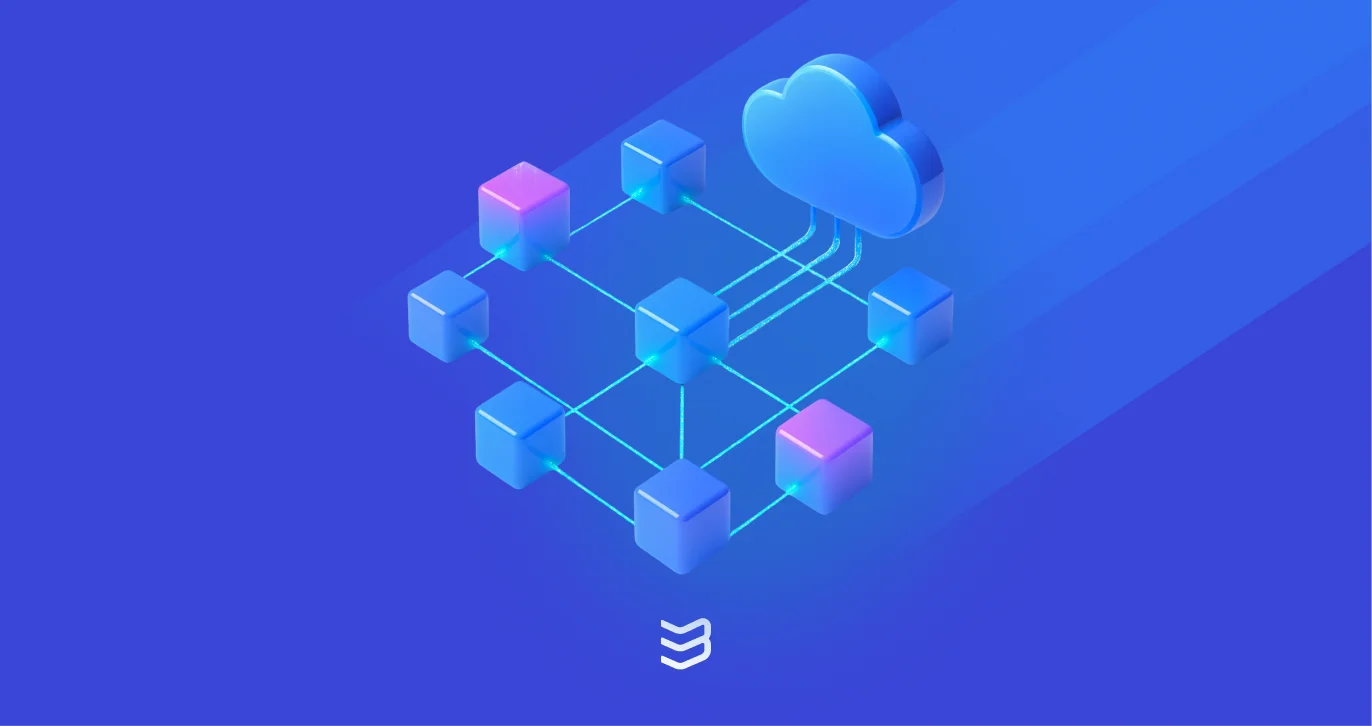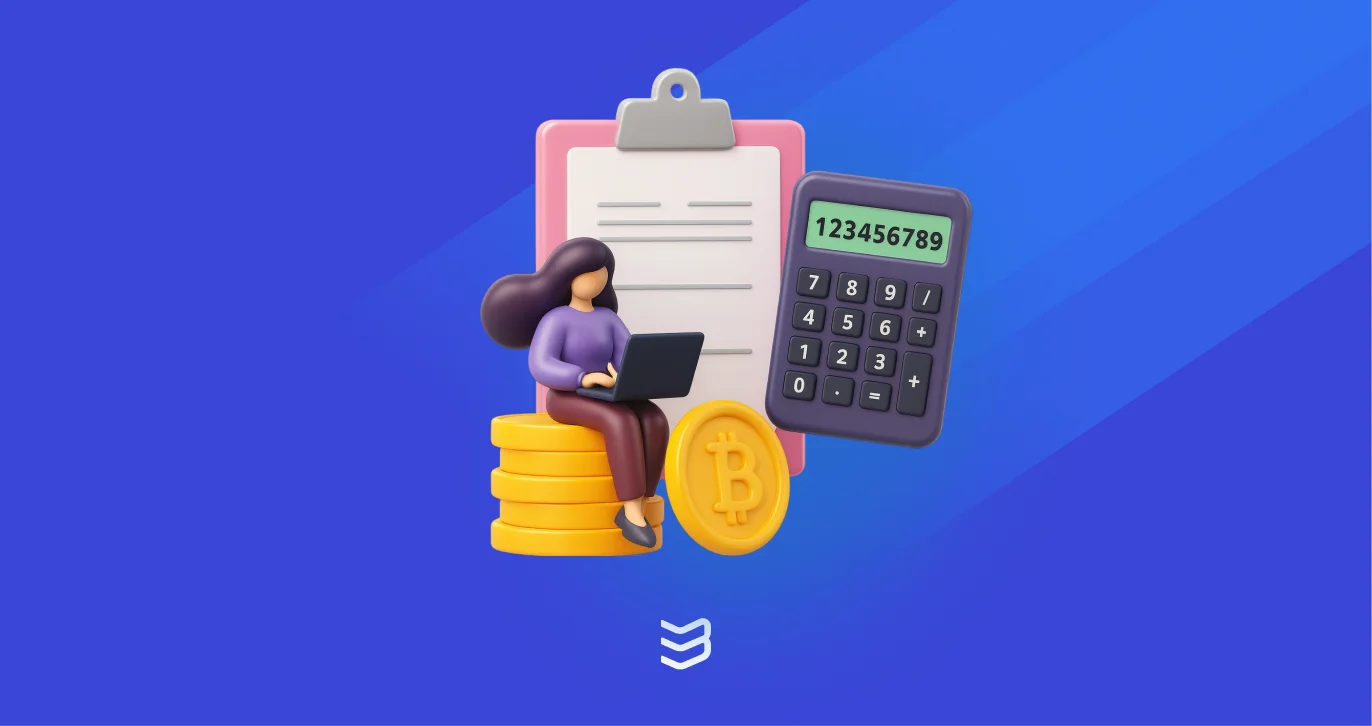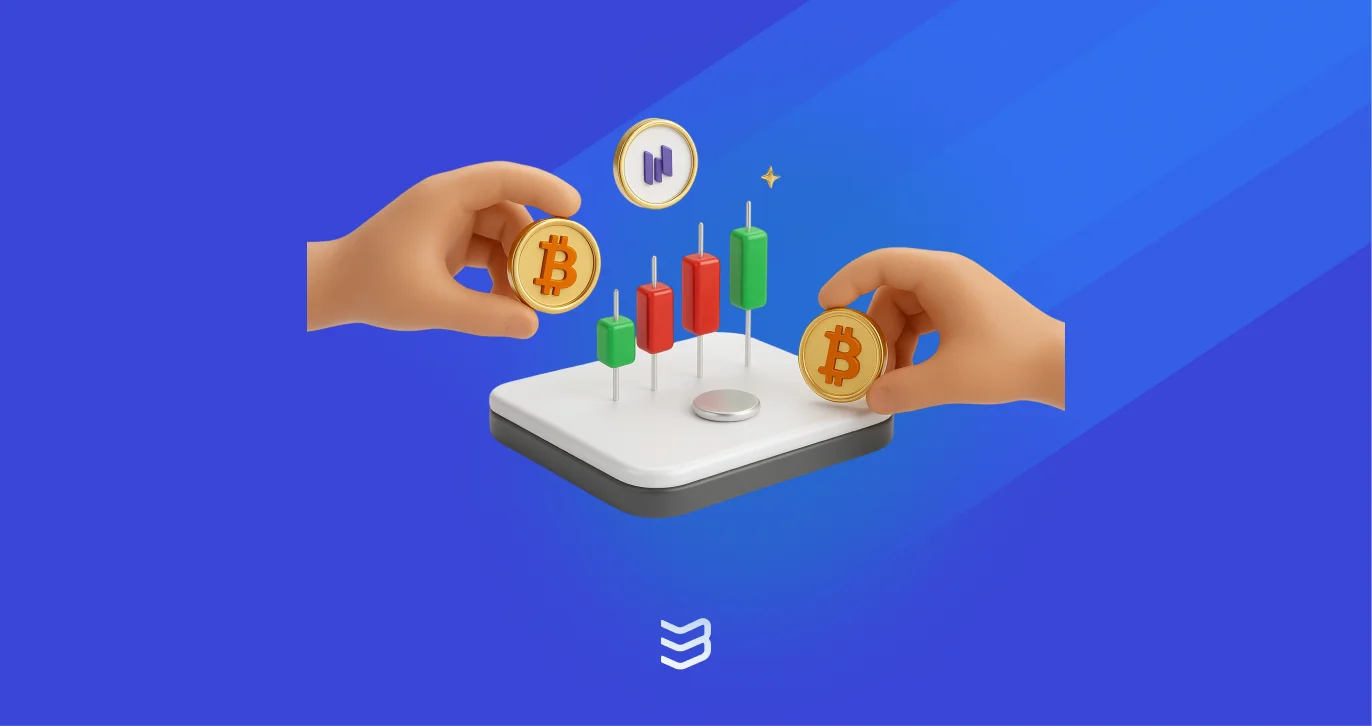tl;dr
- Blockchains act as engines for cryptocurrencies, ensuring smooth and secure operations without double-spending.
- Block explorers are tools for navigating blockchain data, offering transparency and trust.
- They allow users to view transaction details, track balances, and analyze blockchain addresses and activities.
- Explorers also provide block information like timestamps, miner details, and on-chain data statistics.
- Web3Index lists over 150 important block explorers, providing users with reliable exploration tools.
An Introduction to Block Explorers
Blockchains are like engines for cryptocurrencies, keeping everything running smoothly and securely. They record and store all transaction data, ensuring that cryptocurrencies function properly without issues like double-spending.
Block explorers are tools that help users navigate this engine, offering transparency by allowing them to view detailed information about blocks, transactions, and addresses. Think of block explorers as the "Google" for blockchains, providing a simple, user-friendly way to find, track, and verify data on the blockchain.
Popular block explorers include Etherscan for Ethereum, and Mempool for Bitcoin.
What is a Block Explorer?
A block explorer is a user-friendly interface designed to explore blockchain data in real time. Different blockchains have their specific explorers, tailored to their unique protocols and data formats.
Block explorers allow users to view detailed information about transactions, such as sender and receiver addresses, amounts, and timestamps. They also enable tracking of cryptocurrency balances and movements, allowing individuals to monitor their assets. Furthermore, explorers can be used to analyze blockchain addresses, providing insight into the activity associated with a particular address.
Users can also explore block information, such as block heights, timestamps, and miner details, giving transparency into the blockchain’s operation. Additionally, block explorers offer access to on-chain data and statistics, allowing users to gain a deeper understanding of network health, transaction volumes, and more.
How Block Explorers Work
Block explorers gather data from blockchain nodes, which are responsible for storing and validating transactions, blocks, and wallet activities. These nodes continually collect and update transaction details, block information, and wallet activities directly from the blockchain network.
Data Organization and Indexing
Once the data is collected, it is organized into databases, often using relational databases like SQL, to ensure efficient indexing and searchability. Key elements like transaction IDs, block numbers, and wallet addresses are indexed to enable quick retrieval of specific data.
Querying and Data Display
When users query the explorer, they interact with a user-friendly interface by inputting search terms such as transaction IDs or wallet addresses. The explorer processes these queries by searching the indexed data and retrieving the relevant information. The raw blockchain data is then translated into a readable format, displaying transaction amounts, timestamps, wallet balances, block details, and more. The results are shown in a format that is easy to navigate, allowing users to explore blockchain data, track transactions, and analyze wallet activities with ease.
Using a Block Explorer
Using a block explorer is a great way to interact with blockchain data and monitor transactions, wallet balances, and overall blockchain history.
Tracking Transactions
To track a specific transaction, you’ll need its unique transaction ID or hash (TXID), which can be found in your wallet or exchange’s transaction history. Enter this TXID into the block explorer’s search bar to view details such as the sender and recipient addresses, the transferred amount, transaction fees, and the timestamp. You can also analyze the transaction fees, which differ between blockchains like Ethereum (measured in Gwei) or Bitcoin (measured in satoshis per byte), and check the number of confirmations. The number of confirmations indicates how secure the transaction is.
Checking Wallet Balances
For checking wallet balances, simply input the wallet address into the explorer’s search bar. This will show you the balance and transaction history for that address. You can also track incoming and outgoing transactions, helping you understand a wallet’s activity.
Exploring Blockchain History
Block explorers also allow users to explore blockchain history, providing insights into trends, market data, and network health. They can be used to identify potential scams or fraudulent activity by examining unusual transaction volumes or patterns that may indicate suspicious behavior.
Block Explorers & Web3index
Block explorers play a crucial role in navigating blockchain data, allowing users to track transactions, check wallet balances, and explore blockchain history. These explorers enhance transparency and trust within the ecosystem.
Web3Index lists over 150 of the most important block explorers, helping users find reliable tools for blockchain exploration.


.webp)



